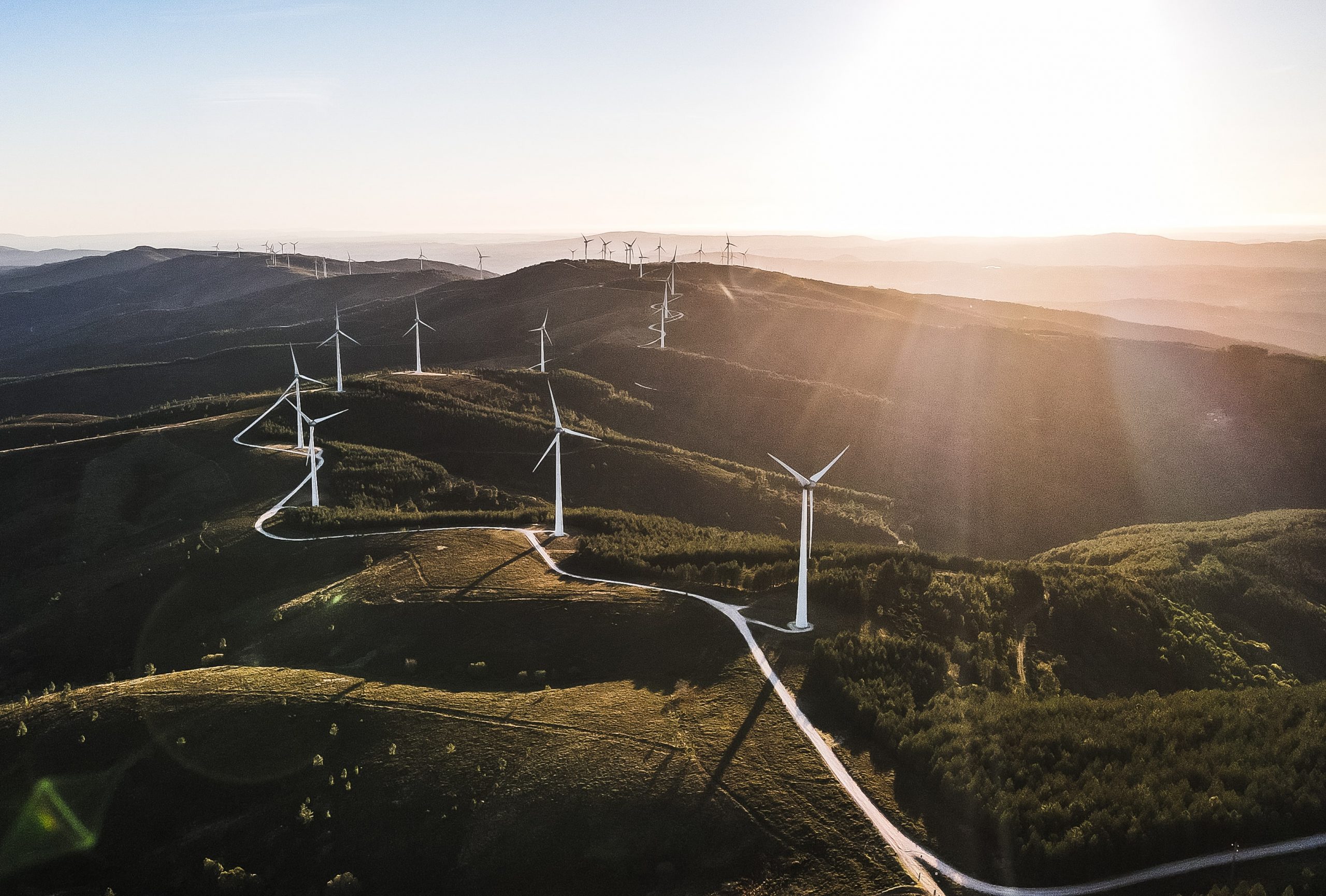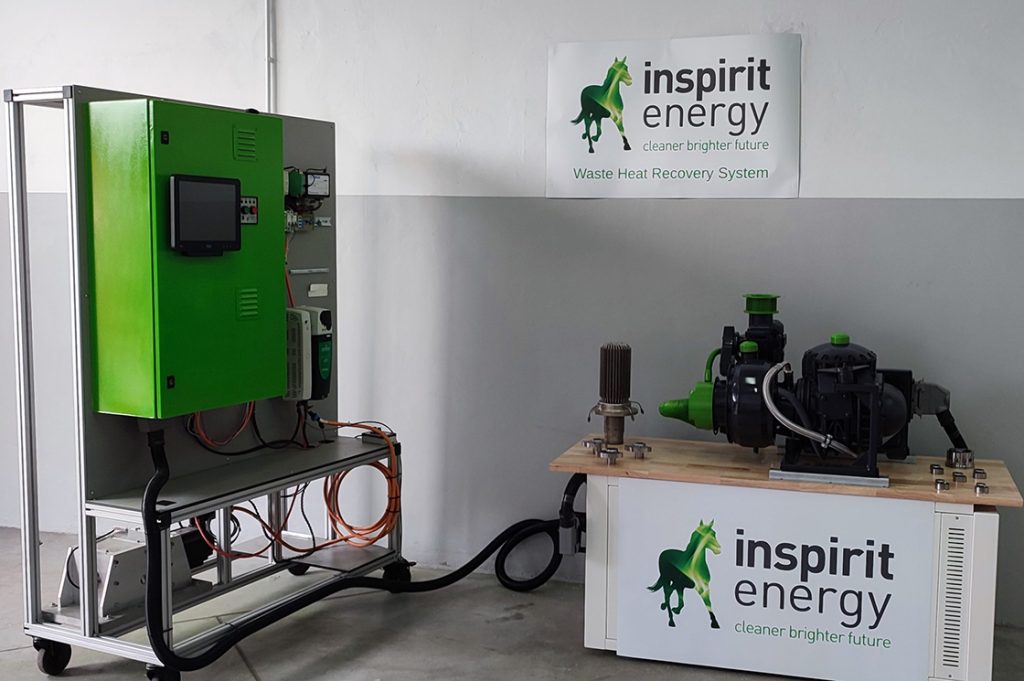Wind energy, artificial intelligence and increasing energy output

While the introduction of wind farms across the UK (and worldwide) has been controversial at times, there’s no doubting the environmental benefits. As wind energy technology continues to develop at pace, it seems that Artificial Intelligence (AI) could play a significant role in the future. Even relatively minor tweaks can significantly increase the amount of renewable energy created by wind turbines. So how will this work?
How vital are wind turbines in the renewable energy sector?
This article will focus on the growing contribution of wind farms, wind energy and how artificial intelligence could improve efficiency and production. First, however, it is essential to put this into context.
At the moment, there are five primary renewable energy sources available across the globe:-
- Solar energy
- Geothermal energy
- Wind energy
- Biomass energy
- Hydropower energy
A report from the Center for Climate and Energy Solutions cast a fascinating light on renewable energy sources. It shows that in 2020 renewable energy accounted for around 29% of worldwide electricity generation.
Wind energy was the second most significant contributor, behind hydropower, with more than 6% of global electricity in 2020 produced by wind turbines. A recent report by the International Energy Agency forecasts that wind power will increase 11 fold by 2050. As global energy demand is expected to fall by 8% by 2050, as a consequence of Net Zero, the contribution of wind power will be critical.
Using AI to maximise efficiency and increase output
Machine learning, also known as AI, is in regular use in the world around us today. However, in reality, this cutting-edge technology is still in its relative infancy as it can constantly learn and improve efficiency going forward. For example, Vestas, the leading wind turbine manufacturer, recently partnered with Microsoft to use high-performance computing to improve wind energy output.
There are several ways in which AI will be able to assist wind power and other forms of renewables. However, with particular emphasis on wind farms, AI has been used to:-
Reduce the impact of “wake”
In a similar fashion to Formula One vehicles which create a slipstream (also known as wake), there is a similar effect when wind turbines are located close to each other. This phenomenon can significantly impact wind turbines located downstream, thereby reducing efficiency and output.
Partnering with Microsoft, Vestas was able to use AI to control wind turbines and rotate them away from the oncoming wind to deflect the wake. By exploiting this movement and learning in a real-time environment, this improved downstream efficiency and overall wind energy production. Amazingly, in just a matter of weeks, the company created a proof of concept that has been shown to work in a live environment. While more work needs to be done to refine the technology, the idea of using AI to control wind turbines has potentially huge benefits.
Optimising the construction of wind turbines
There are also high hopes that AI can be used in the production of wind farms, and their various components, allowing a more focused approach using real-time data. AI technology today enables machines to work 24/7, gathering and analysing massive datasets. This is information analysis that would take humans literally years to complete.
Siting and operating wind farms
The idea that wind turbines can be located anywhere there is wind is a relatively naive impression of the complexities of wind farming. Using AI, companies will now be able to analyse landscapes and pinpoint the optimum location for future wind farms. They will also be able to use AI to operate individual and group wind farms more efficiently.
AI meets renewable energy technology
While there is no doubt that further work is required to improve the level of renewable energy production, the use of other technologies such as AI has the potential to make a huge impact. The fact that wind energy is expected to increase 11 fold between now and 2050 perfectly illustrates the value of this energy source. Whether or not the UK government, and others around the world, meet their somewhat ambitious Net Zero targets has to an extent, taken the focus away from the considerable developments in renewable energy technology.
Photo by Made From The Sky on Unsplash
Other News
Register your interest
To follow our technology for a sustainable future, please enter your email address to register your interest.


